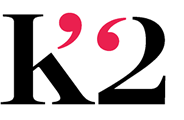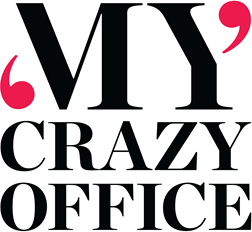Ever notice how irritating other people’s behavior can be in the heat of summer? When someone jumps in front of you in a line or pushes you into an elevator, or cuts you off in traffic, it can be very tempting to blow a fuse.
Similarly, when someone acts in a rude, obnoxious or inconsiderate manner at work, you may want to strike back by yelling, chiding or otherwise telling them off.
While a quick blow up may release steam in the moment, losing your cool at work is generally not recommended. You don’t want to risk looking volatile or unprofessional or out of control.
The next time someone really ticks you off, try to hit the pause button. Take a mental time out, and then find a way to release the anger physically, through exercise, deep breathing, or splashing cold water on your face.
Once you’ve cooled down, then you can consider whether the incident is worth addressing from a cool, collected position on your part. The key is to use your anger constructively — to draw a line or communicate a boundary. Don’t let it set you on fire.




Looking to advertise with us?
We have sponsorships available on the My Crazy Office Podcast.
Please email us at info@mycrazyoffice.co.